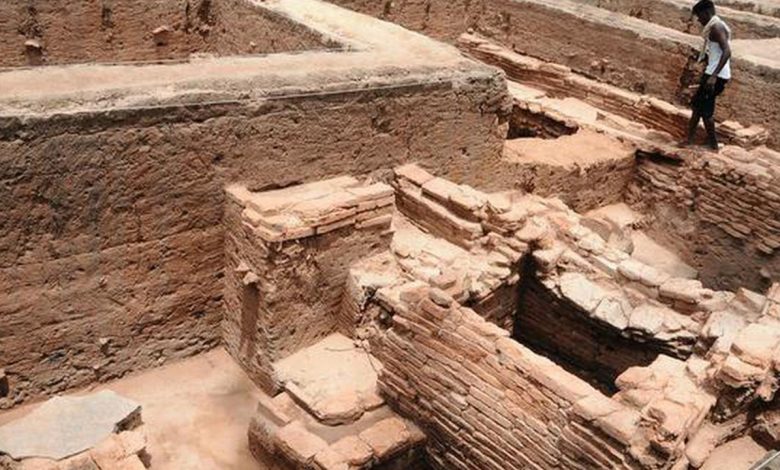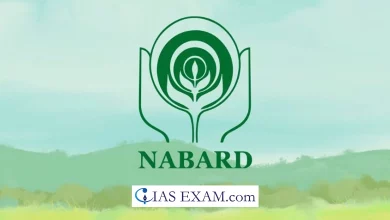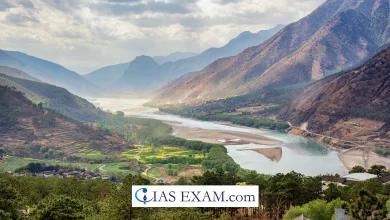
Context- The Archaeological Survey of India (ASI) recently published a report on the significance of the findings at the Sangam-era Keeladi site.
Key Highlights
- Keeladi is a village in southern Tamil Nadu on the Vaigai River, close to Madurai, a temple city.
- Over 18,000 artifacts have been recovered from the site over the course of the eight excavation rounds.
- There are over 120 potsherds with Tamil Brahmi inscriptions.
The significance of the findings relates to the Keeladi and Sangam ages:
- Spindle whorls, copper needles, terracotta seals, yarn-hanging stones, terracotta spheres, and earthen vessels for holding liquid. Gold ornaments, copper items, semi-precious stones, shell bangles, ivory bangles, and ivory combs reflect the artistic, culturally rich, and prosperous lifestyle of the Keeladi people.
- Excavations carried out in 2015 by Keeladi attest to the existence of an urban civilization on the Vaigai riverbanks in Tamil Nadu during the Sangam period.
- The Sangam age was pushed back to 800 BCE by the finds from Keeladi, which date from the sixth century BCE to the first century BCE.
- Keeladi enhances Sangam Literature’s credibility.
IVC and Keeladi:
- While acknowledging the 1,000-year cultural gap between the two locations, we hope that further excavations will provide a clearer picture of the south indian iron age that currently links both. The unearthed Keeladi artifacts have led to the conclusion that the site is a part of the Vaigai Valley Civilisation. Some of the symbols found in pot sherds of Keeladi bear a close resemblance to signs of the Indus Valley Academics.
Indian Archaeological Survey:
|
Sangam Age
- The Sangam Period lasted from the third century B.C. to the third century A.D. in the region to the south of the river Krishna and Tungabhadra.
- It is named after the gathering of poets known as the “Sangam” that was held during that time under the royal patronage of the Madurai Pandya kings.
- Despite the fact that archaeological evidence has begun to surface, the majority of the sources for this age are literary.
- The earliest epigraphic evidence of a Tamil state confederacy can be found in Kharavela’s Hatigumpha inscription, which dates back to 155 BCE.
Vaigai River
- It comes from the Western Ghats (Varushanad Hills) and is called the Vaigai River.
- It travels through Tamil Nadu’s Pandya Nadu region.
- Suruliyaru, Mullaiyaru, Varaganadhi, Manjalaru, Kottagudi, Kridhumaal, and Upparu are its primary tributaries.
- In the Ramanathapuram district, the Vaigai finally empties into the Palk Strait near the Pamban Bridge.





.png)



